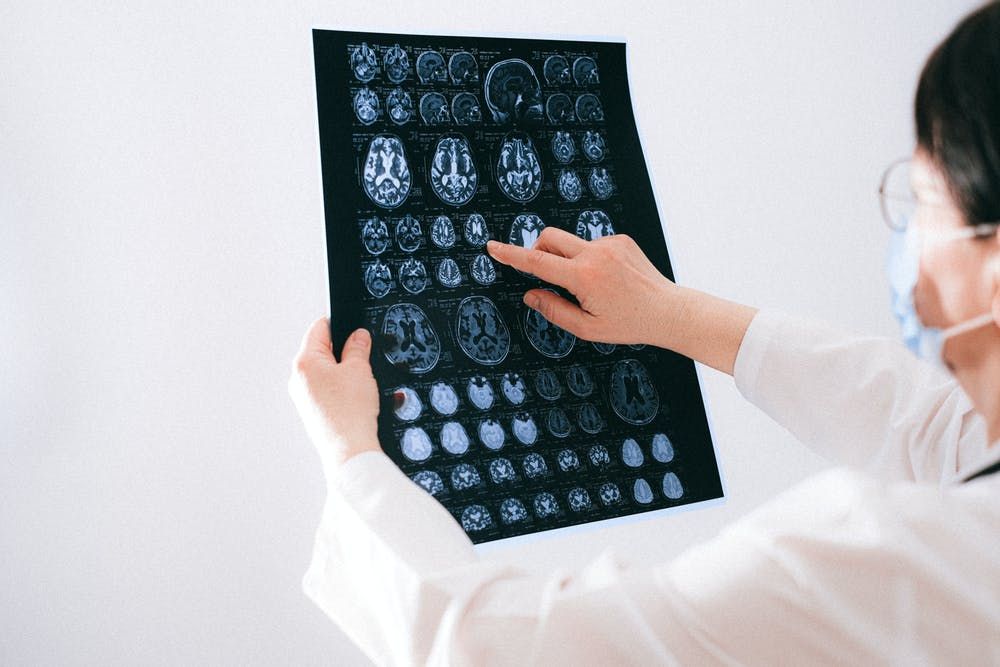Gray Matter Volume in Brain May be Altered by COVID-19
Patients who developed a fever showed reduced volumes of gray matter compared to those who did not.

A recent study conducted by investigators from Georgia State University, in collaboration with the Georgia Institute of Technology, has discovered that patients infected with COVID-19 who experienced a fever or received oxygen therapy show reduced gray matter volume in the frontal-temporal network of their brain.
Results from the study were published in the journal Neurobiology of Stress.
"Science has shown that the brain's structure affects its function, and abnormal brain imaging has emerged as a major feature of Covid-19," Kuaikuai Duan, first author on the study said. "Previous studies have examined how the brain is affected by Covid-19 using a univariate approach, but ours is the first to use a multivariate, data-driven approach to link these changes to specific Covid-19 characteristics (for example fever and lack of oxygen) and outcome (disability level)."
For the study, the team of investigators analyzed computed tomography scans of 120 neurological patients. Of those patients, 58 had a confirmed infection with COVID-19 and 62 did not.
The team employed the use of source-based morphometry analysis, which boosts the statistical power in studies who do not have a large enough sample size.
Findings from the study showed that patients who had higher levels of disability had lower volumes of gray matter in the superior, medial and middle frontal gyri when they were discharged from the hospital and at 6 months follow up.
Additionally, patients who had a fever had significantly reduced gray matter volume in the inferior and middle temporal gyri and the fusiform gyrus in comparison to those who did not develop a fever.
"Neurological complications are increasingly documented for patients with Covid-19," Vince Calhoun, a senior author on the study said. "A reduction of gray matter has also been shown to be present in other mood disorders such as schizophrenia and is likely related to the way that gray matter influences neuron function.”
